Affiliate links on Android Authority may earn us a commission. Learn more.
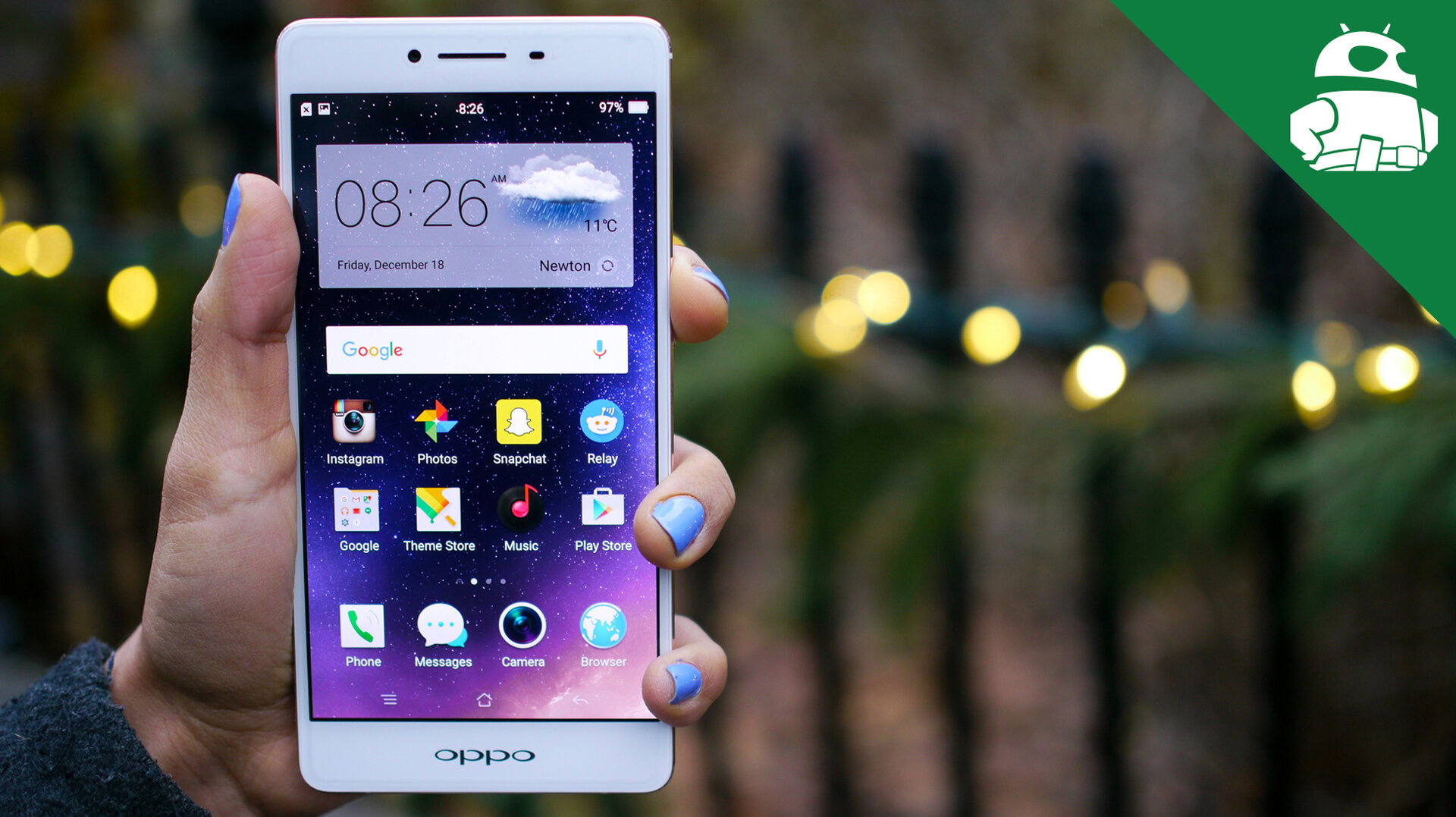
OPPO R7s review
Published onDecember 21, 2015
OPPO R7s
What we like
What we don't like
Our scores
OPPO R7s
OPPO may not be particularly well-known outside of its home market, but that is something that is slowly changing, with the Chinese OEM having some fantastic devices on offer these days. With their latest smartphone release, OPPO is looking to bolster their mid-range portfolio with yet another variant of the OPPO R7, with the new addition to the series falling in between the original and the large R7 Plus, at least in terms of size. What else does this mid-range smartphone bring to the table? We find out, in this in-depth OPPO R7s review!
Related:
Design
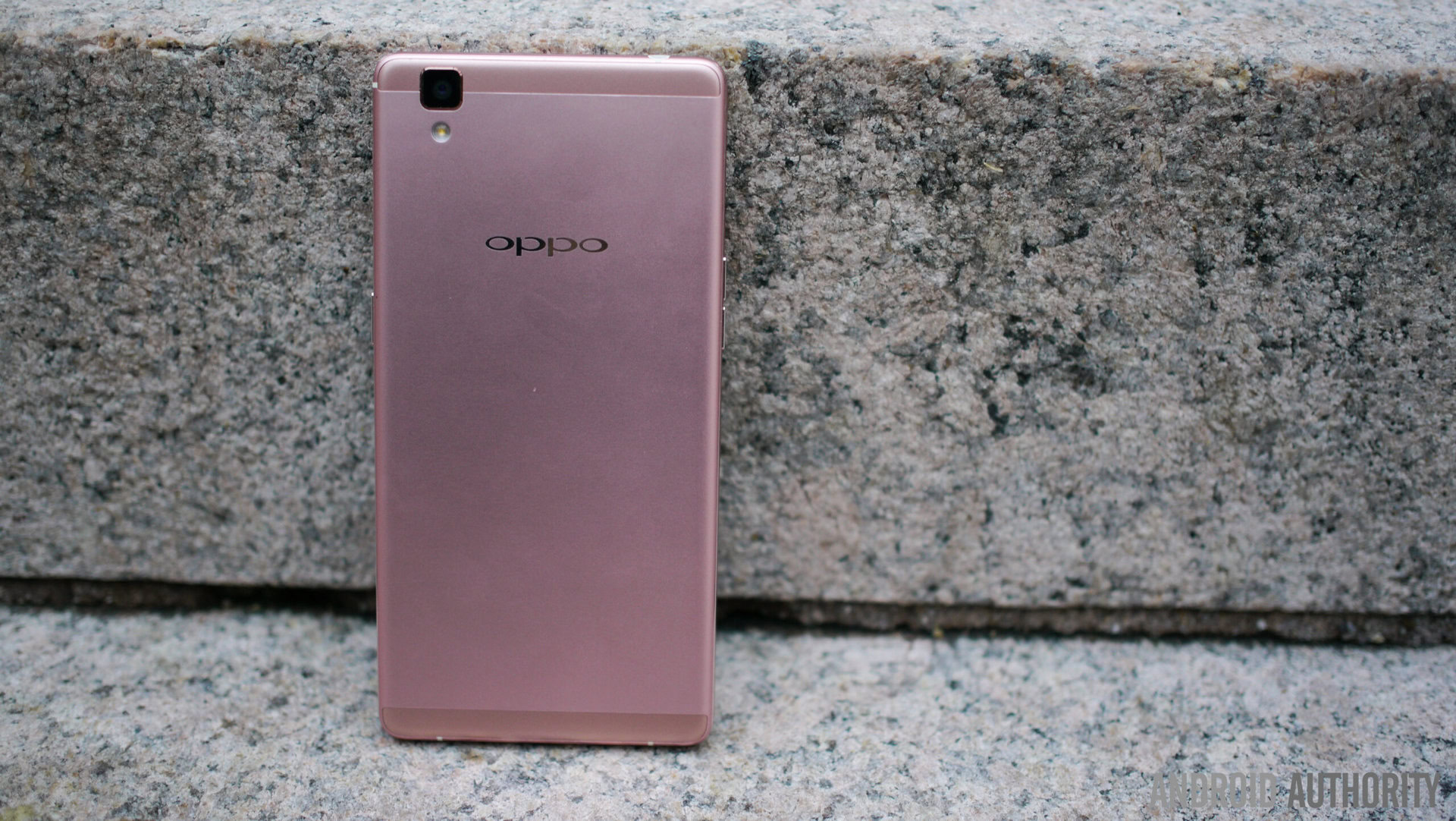
As mentioned, the OPPO R7s, with its 5.5-inch display, falls right in the middle of the 5-inch R7 and the 6-inch R7 Plus, but otherwise looks just like its siblings. Like the other two, the OPPO R7s features a full metal unibody design which is fantastic to look at and feels solid in the hand. However, like the R7 Plus, there are no capacitive navigation keys to be found up front, which helps make the device a touch more compact, allowing for a more manageable handling experience. The OPPO R7s is thicker than its smaller counterpart, but at 7 mm thick, it is still a very sleek device, and the extra thickness is certainly worth it, given the much larger of a battery OPPO is able to pack into this phone.
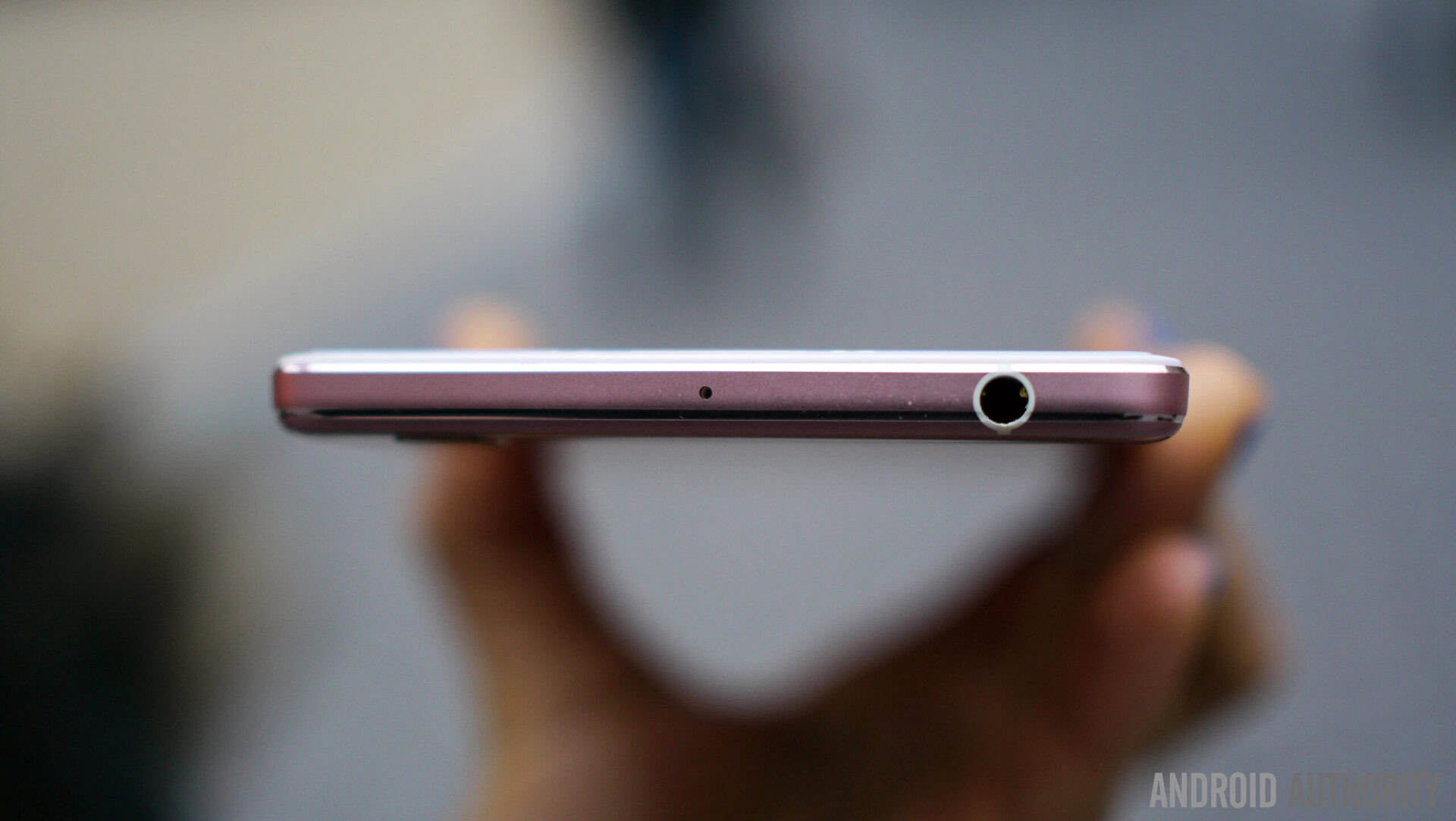
Taking a look around the device, the power button and volume rocker are on opposite sides, with both being within comfortable reach. The buttons also feel solid and offer a good amount of tactile feedback, and is another positive indication of OPPO’s focus on design. The headphone jack and microUSB port are at the top and bottom respectively, but unlike its siblings, the single speaker unit has been moved from the back, to now be found at the bottom as well.
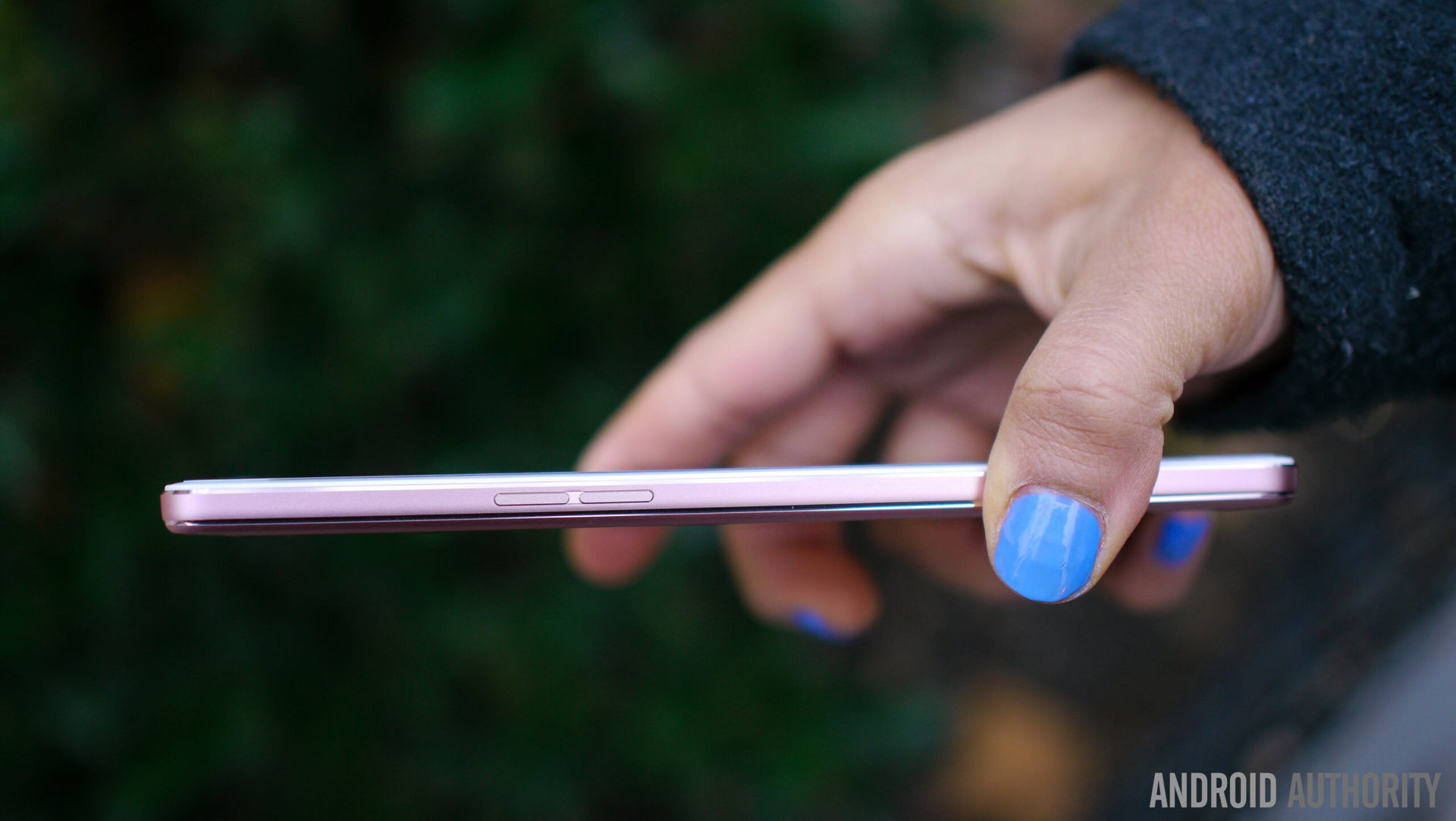
When it comes to design and build quality, the gap between mid-range and high-end is definitely closing, and the OPPO R7s is certainly a great example of this. The metal construction is solid and the premium feel is something that even more expensive high-end smartphones may be unable to match. OPPO seems to really care about the design of their smartphones, and as was also the case with its namesakes, the OPPO R7s is definitely one of the most beautifully-designed smartphones out there.
Display
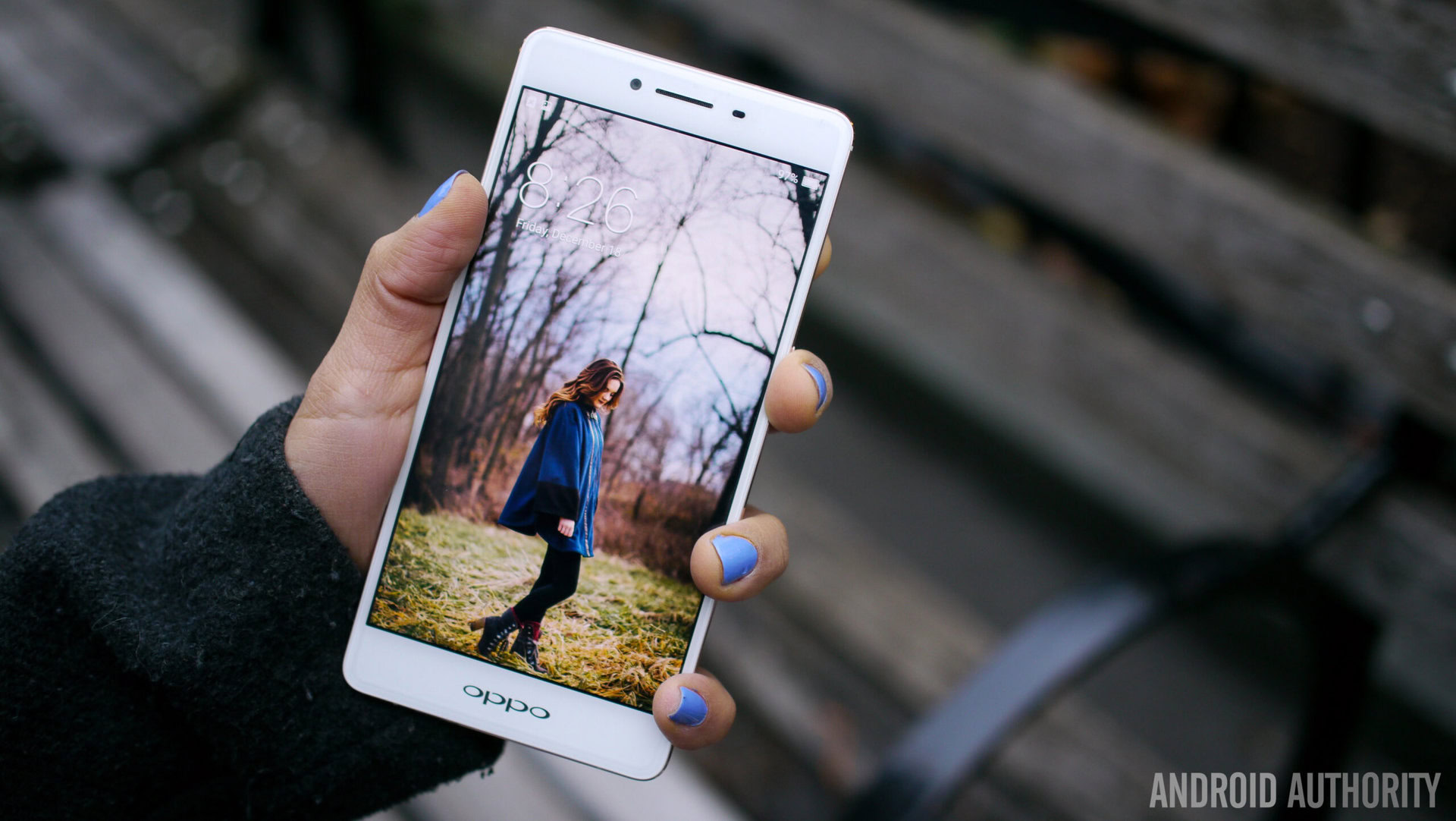
The OPPO R7s comes with a 5.5-inch AMOLED display with a 1080p resolution, resulting in a pixel density of 401 ppi, and keeping everything protected is a Corning Gorilla Glass 4 panel. While the OPPO R7 may have been too small, and the R7 Plus too big, what the R7s offers is a display size that is large enough to offer an immersive experience, but without the unwieldy and awkward handling experience.
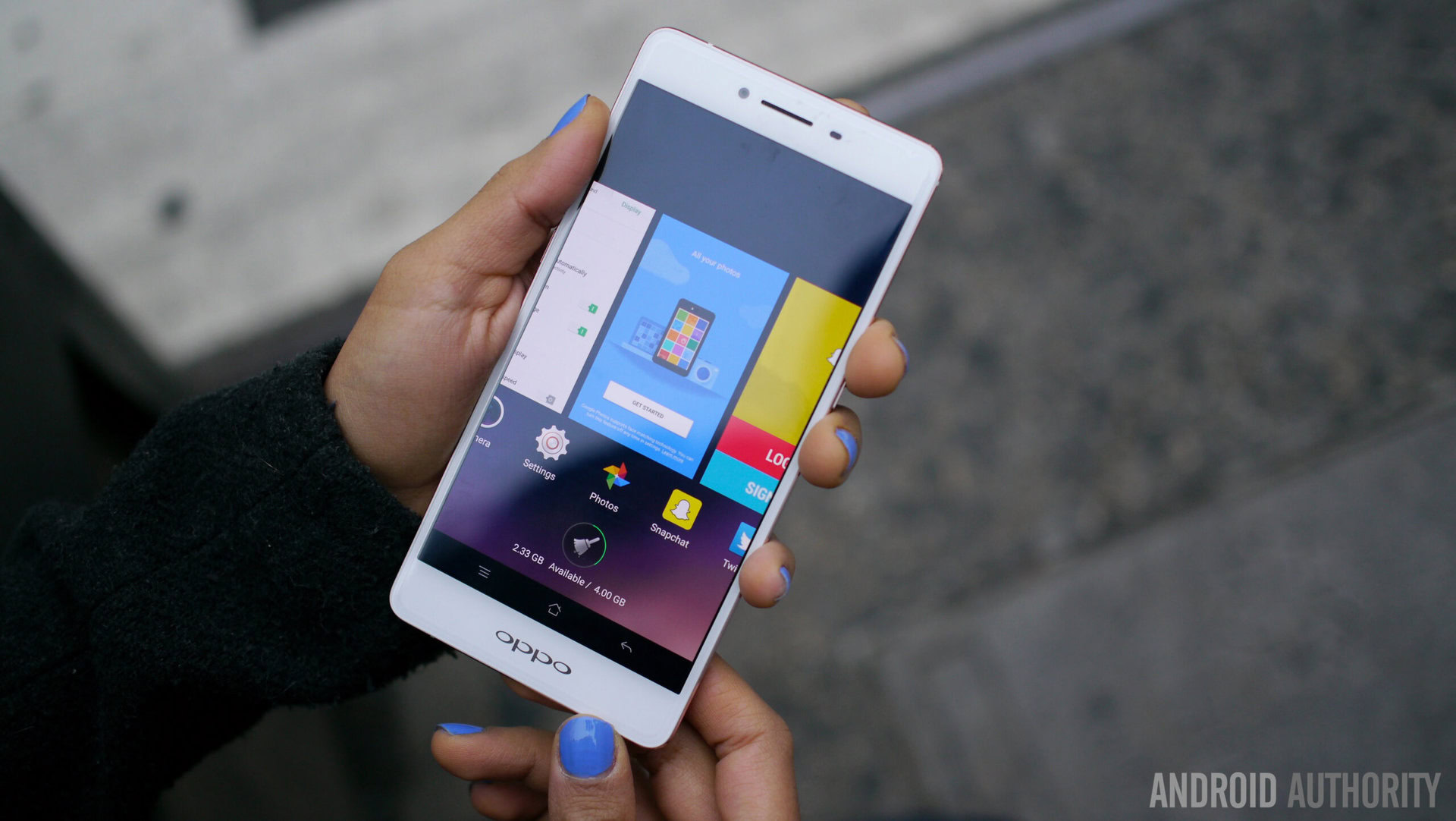
As is expected from an AMOLED panel, you get deep blacks and saturated colors, even if they aren’t as saturated as some other AMOLED displays out there. You also get good viewing angles and brightness isn’t an issue either, allowing for comfortable outdoor viewing. Admittedly, this display may not be the best we’ve seen this year, but be it work or play, you are definitely still going to have a very enjoyable viewing experience overall.
Performance and hardware
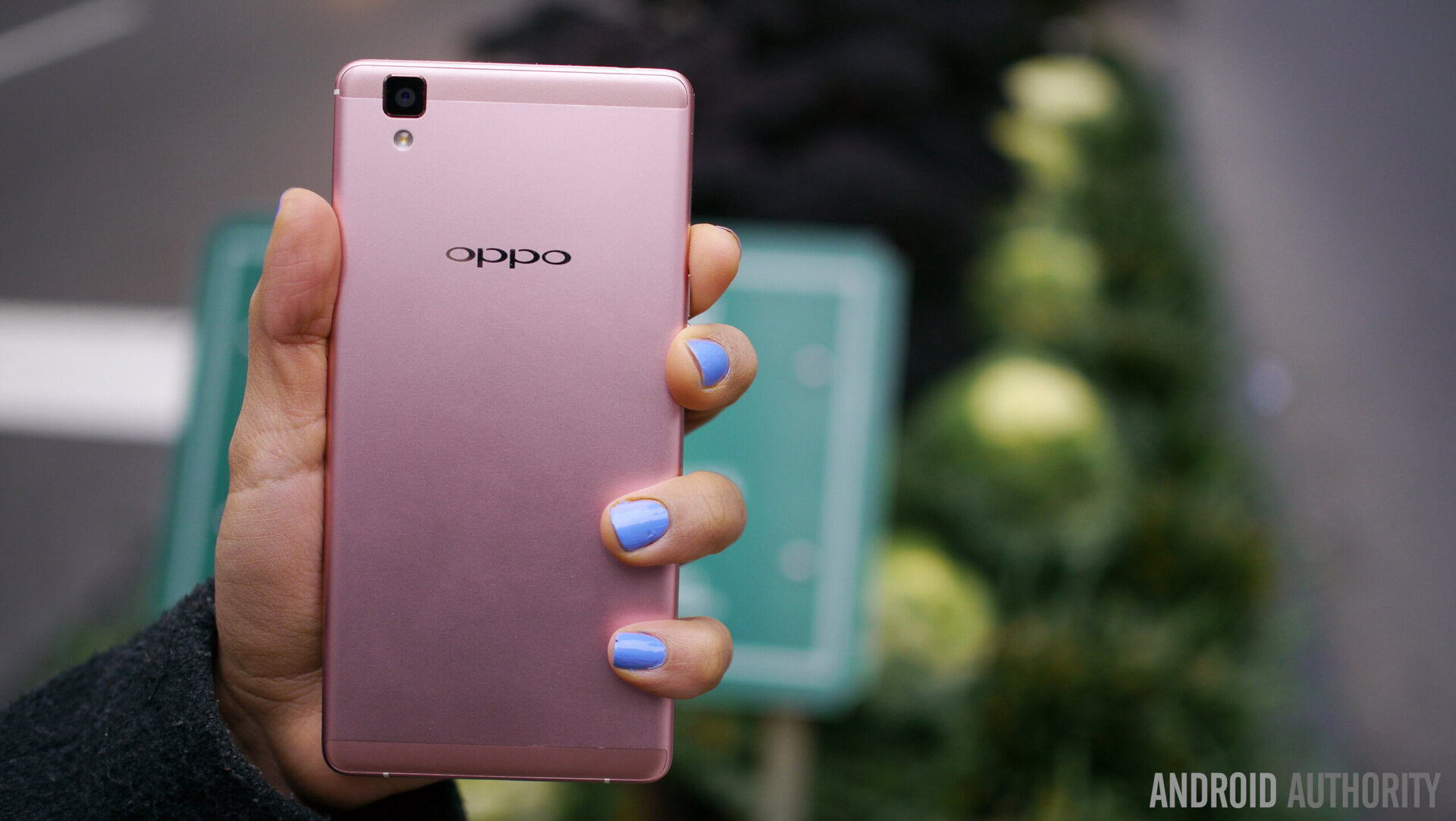
Under the hood, the OPPO R7s comes with an octa-core Qualcomm Snapdragon 615 processor, clocked at 1.5 GHz, and backed by the Adreno 405 GPU and 4 GB of RAM. This processing package is the same as what is seen with its siblings, save for the benefit of an additional gig of RAM that the R7s enjoys.
The Snapdragon 615 has been the 2015 mid-range standard, and as expected, the performance of the R7s is also very good. Everything from opening, closing, and switching between apps, to multi-tasking and gaming are handled by the device very well, and save for a few stutters in animations here and there, the overall experience remains smooth.
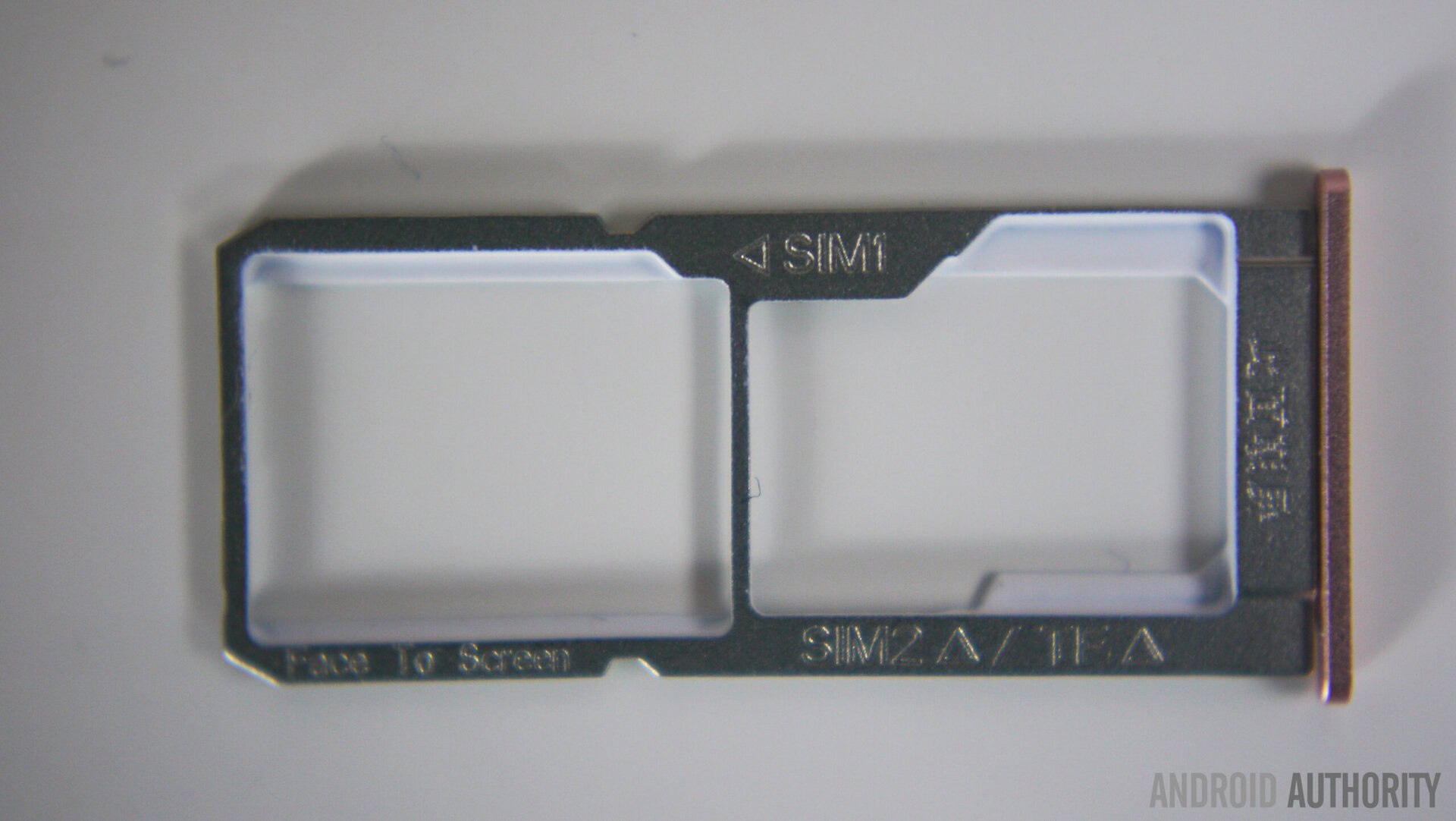
32 GB of internal storage is the only option, but expandable storage via microSD card, by up to 128 GB, is also available. Keep in mind however that the second SIM slot is what doubles as a microSD card slot, so users will have to choose between expandable storage or dual SIM capabilities. The R7s also comes with a standard suite of connectivity options, with the exception of NFC. The good news as far as connectivity is concerned is that the R7s was able to connect to the AT&T’s 4G networks the majority of the time, which is often not the case when it comes to devices from other Chinese manufacturers.
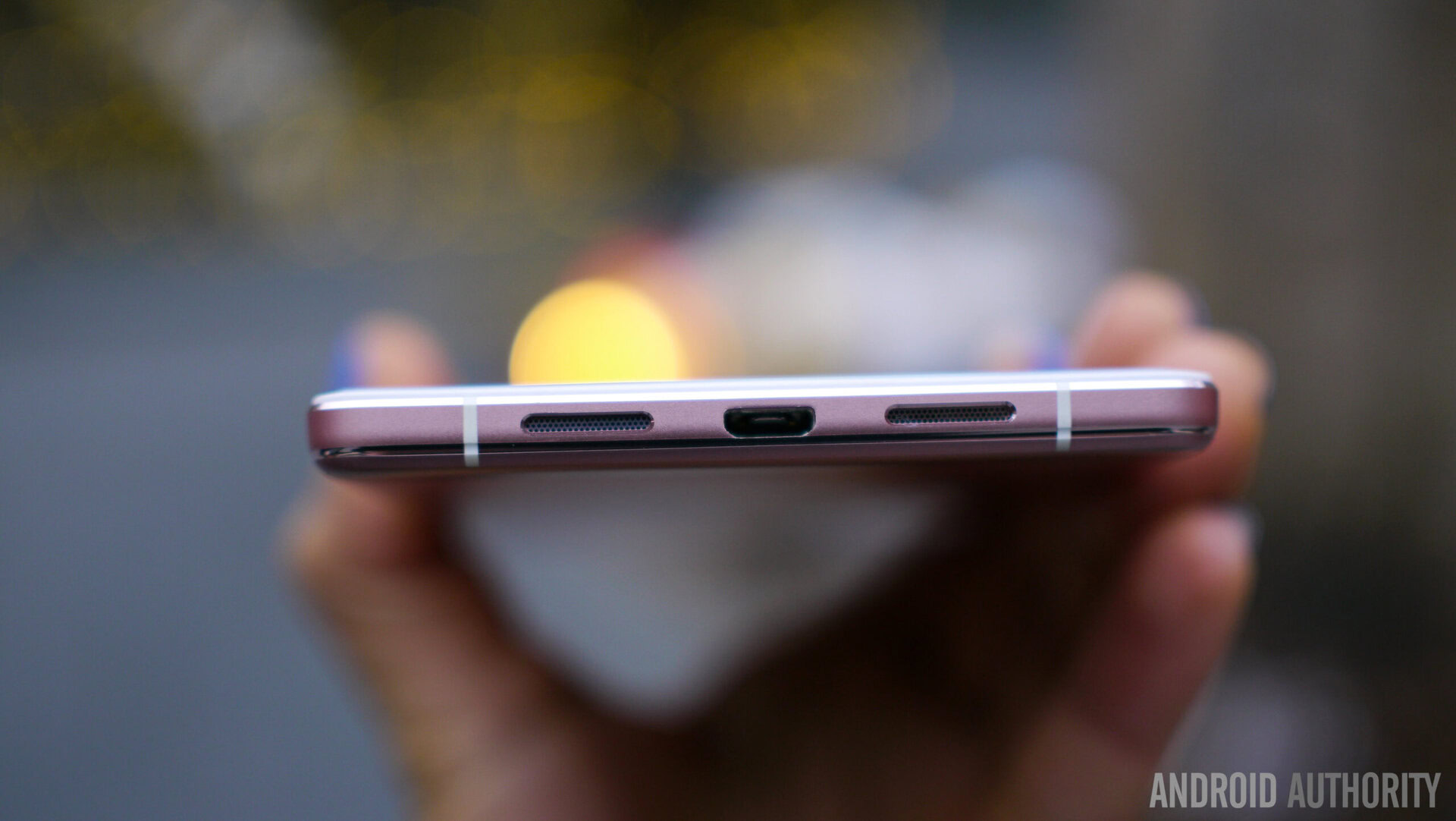
Despite appearances, the device comes with only a single speaker unit, now located at the bottom left. The speaker actually allows for a decent audio experience, and while it isn’t the loudest speaker out there, it certainly gets loud enough to get the job done in most situations. However, the speaker placement does mean that you may end up covering it while holding the device in the landscape orientation and muffling the sound, especially while gaming.
The OPPO R7s comes with a large 3,070 mAh battery, that allowed for the device to comfortably run for an entire day, even with some heavy usage. With average use, I was able to push the screen-on time to around 5 hours, without using any of the battery saving modes that are baked in. With heavier use, that involved watching a lot of videos, gaming, and taking pictures, the screen-on time dropped to the 4 hour mark, which is still quite impressive. If you do find yourself needing to recharge the device, you get to take advantage of its fast-charging capabilities, or “flash charging” as OPPO calls it, which allows for the battery to be charged to 90% in just 50 minutes.
Camera
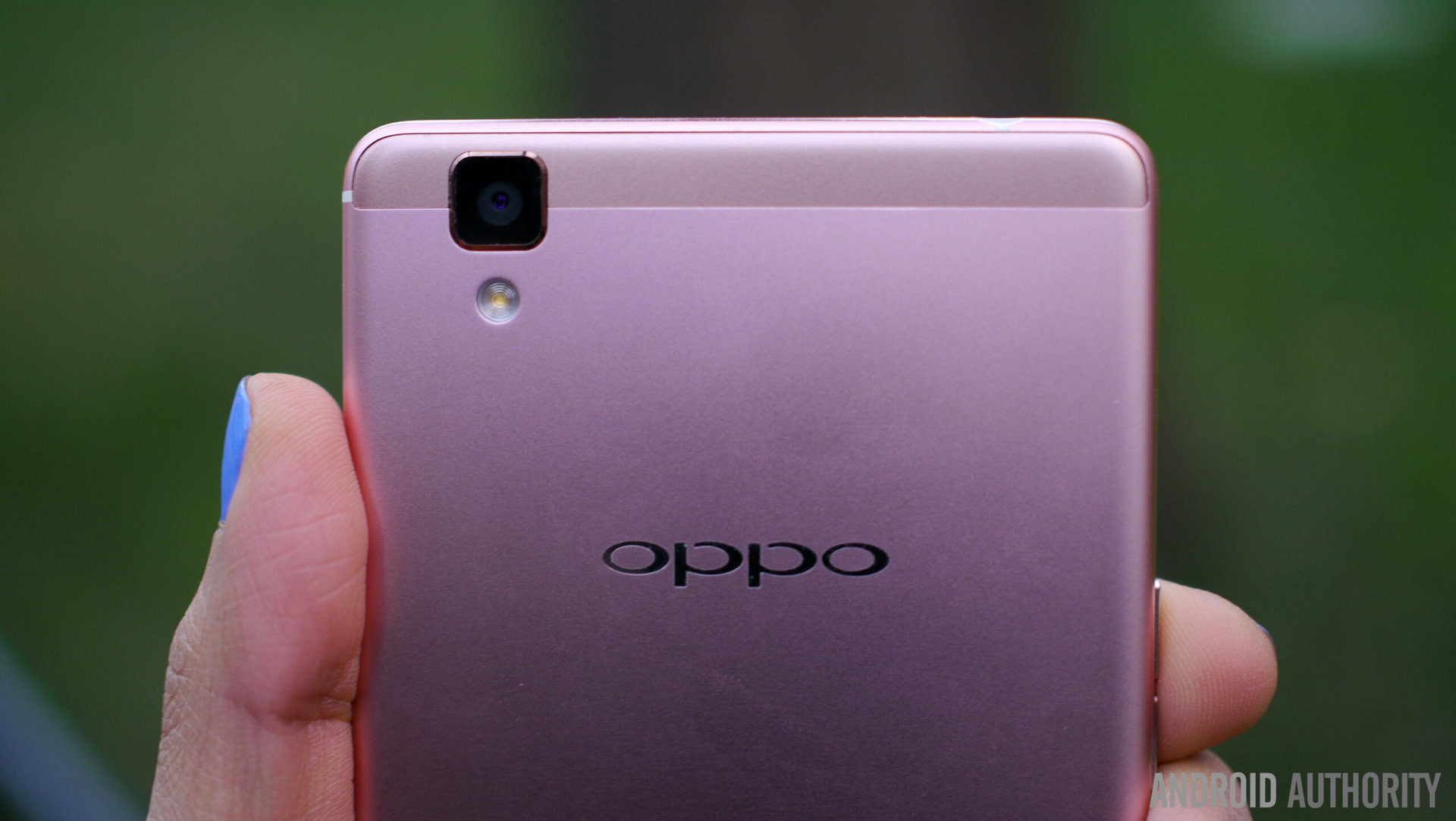
The OPPO R7s retains the camera package seen with its counterparts, including a 13 MP rear shooter and an 8 MP front-facing unit. While the device doesn’t comes with the laser auto focus system found with the R7 Plus, what you do get is “Flash Shot” technology, which allows for the camera to focus in just 0.1 seconds, albeit in optimal lighting conditions, and take a shot very quickly.
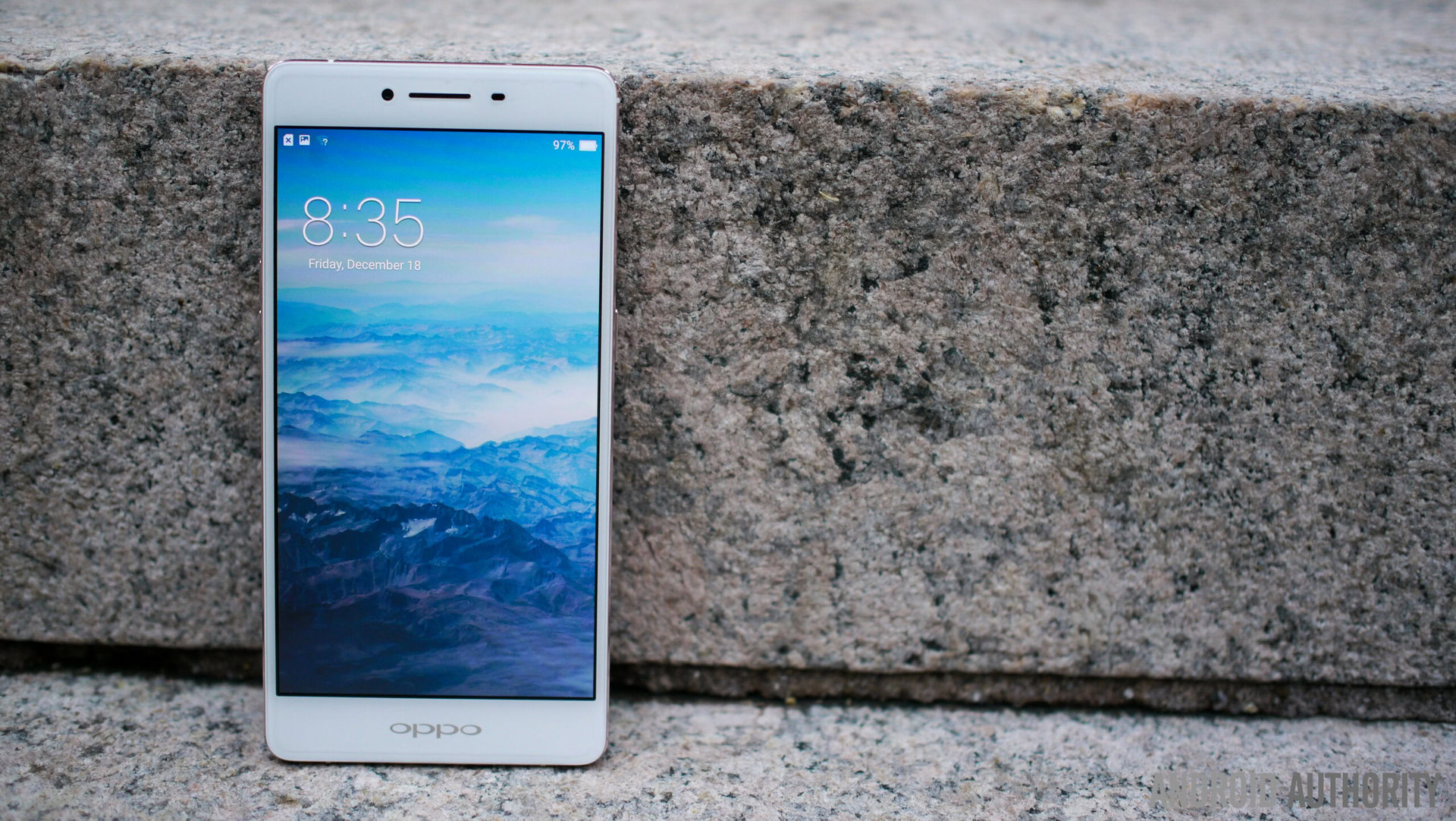
OPPO also claims that the camera application launches 30% faster this time around, and it certainly seems quite fast. As far as the app itself is concerned, it is the standard Color OS camera app, which may seem somewhat simplistic on the surface, but manages to hide a slew of modes and features underneath. Some of these including Beauty modes, various filters, slow shutter speeds, GIF modes, and even an Audio Photo mode that adds small audio clips to your photos, which is quite fun to play around with. As far as video modes are concerned, you get slow motion capture and time lapse.
As is the case with most smartphone cameras out there, you will be able to get some great photos when outdoors and in good lighting conditions. The colors in the images look good without being too saturated, and there is a lot of detail to be had as well. The camera exposes quite nicely the majority of the time, but for the few times it doesn’t, HDR does a great job in bringing out the shadows or bringing down the brighter areas. A little more contrast wouldn’t hurt, but overall, this proves to be an excellent camera when taking shots outdoors.
In low light conditions however, the shutter speed reduces significantly, and requires very steady hands to avoid blurry images, especially with there being no optical image stabilization available. That said, photos taken in low light certainly aren’t bad, even if there is some processing going on to remove noise, which makes for a softer image. Videos look decent when recording in Full HD, but that is something you will have to select in the camera settings, with the default video capture resolution set to 720p. You get very realistic and cool colors, unlike a lot of other mid-range smartphones out there, but without OIS, videos can turn out to be quite shaky.
The front-facing 8 MP camera allows for some good looking shots as well, also with a lot of detail. With this being a mid-range device, the front-facing camera is actually quite impressive. Of course, in low light conditions, there is a lot of noise, and the colors aren’t as vibrant, but overall, the images turn out to be quite nice and bright enough.
OPPO may not have introduced any significant upgrades to the camera package when compared to its siblings, but this camera does provide a very pleasant smartphone photography experience, and is packed with plenty of fun features that, in the end, create photos that are worth posting and sharing.
Software
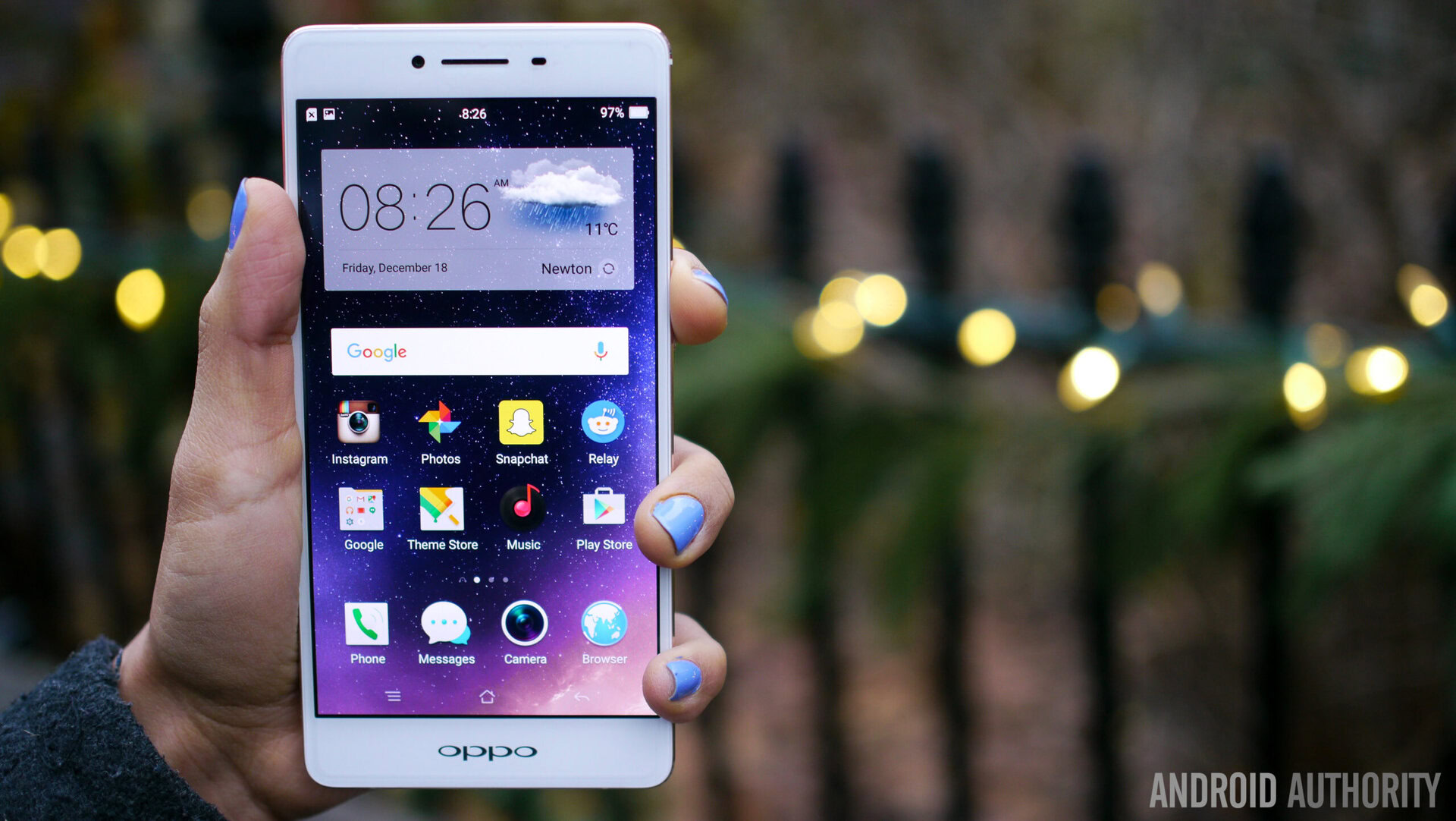
The OPPO R7s is running Color OS 2.1 with the latest version of OPPO’s software, based on Android 5.1 Lollipop. As anyone familiar with Color OS will know, what you have here is vastly different from the general Android software experience that you may be used to, and while it can take some adjusting to, it is actually quite nice.
Of course, everything functions the same way, just with a different look, with almost everything, from the Recent Apps screen to even the volume controls, being re-designed. However, every re-designed element either serves a purpose, or if that isn’t the case, just looks really cool. For example, when sliding in between tabs in the Settings menu, the text will slide off the screen, depending on where on the screen your finger is, which is a really nice effect. All the animations seen throughout the user interface all have a unified look and feel, and allows for a very smooth and enjoyable software experience.
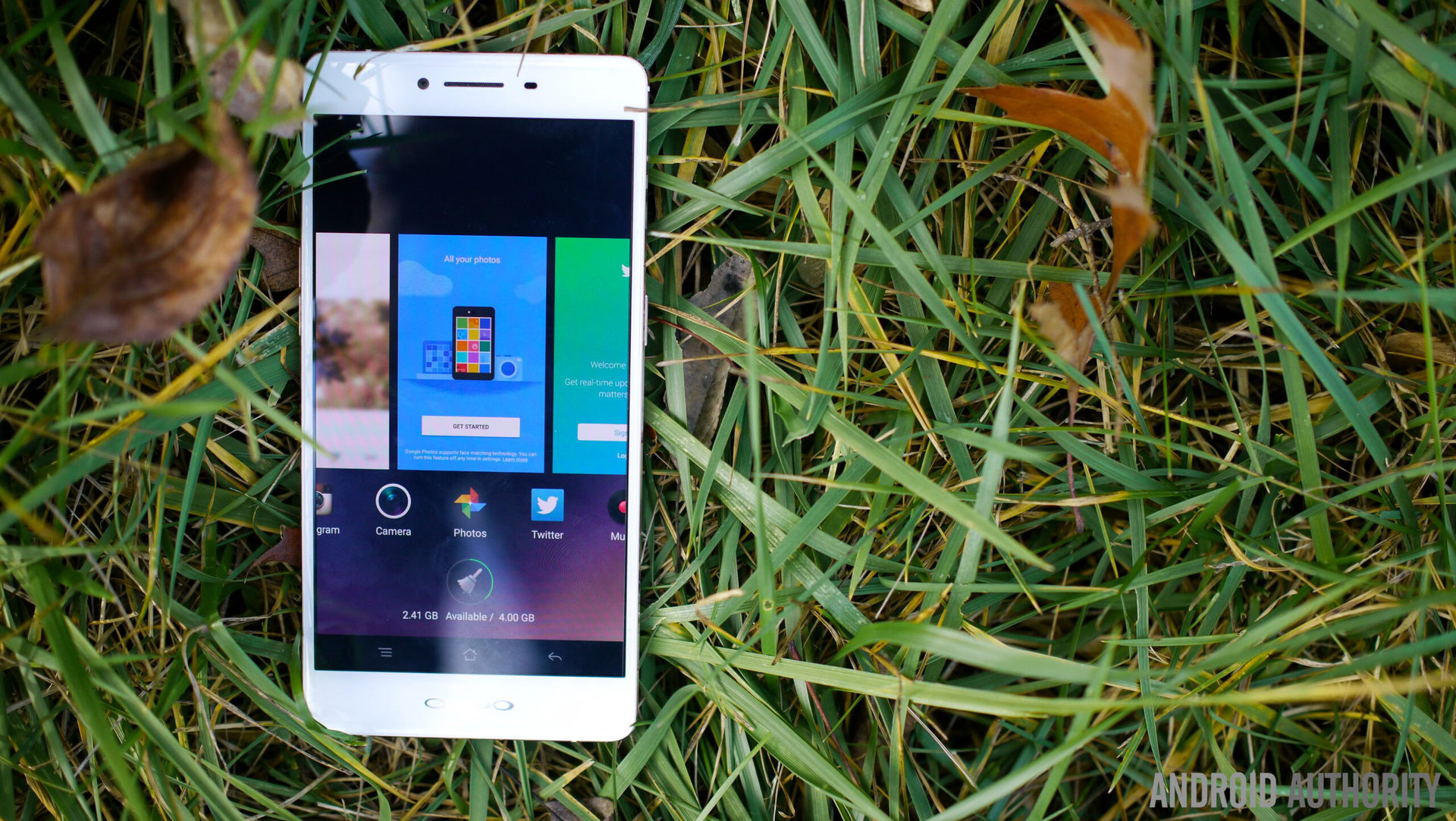
There is no app drawer here, leaving users dependent on folders to keep things organized. The on-screen navigation keys are also different from the traditional placement that you may be used to, with the back button to the right, and also returning is the menu key, which requires a long press to launch the Recent Apps screen.
Color OS does come with a lot of extra features as well, including an “eye protection display” setting, that tints the screen to a pink hue, which is great for users with sensitive eyes. There is a one-handed mode available, that is easy to launch by simply swiping up from either bottom corner to the middle of the display. There are a lot of gestures as well, including the ability to draw symbols to launch user-specified apps, using two fingers to adjust the volume, and double tapping the home button to lock the screen.
Specifications
| Display | 5.5-inch AMOLED display 1080p resolution, 401 ppi |
|---|---|
Processor | 1.5 GHz octa-core Qualcomm Snapdragon 615 Adreno 405 GPU |
RAM | 4 GB |
Storage | 32 GB expandable via microSD card by up to 128 GB |
Camera | 13 MP rear camera 8 MP front-facing camera |
Connecitivity | Wi-Fi 802.11 a/b/g/n/ac Bluetooth 4.0 GPS microUSB 2.0 |
Battery | 3,070 mAh |
Software | ColorOS 2.1 based on Android 5.1.1 Lollipop |
Dimensions | 151.8 x 75.4 x 7 mm 155 grams |
Gallery
Pricing and final thoughts
The OPPO R7s is priced at $399, with the only available color option being rose gold. That’s a bit more expensive than a typical Snapdragon 615-powered mid-ranger, but the R7 family does have several extras you won’t typically find at this price point as well.

So there you have it, for this comprehensive look at the OPPO R7s! The attention to detail OPPO has paid, as far as the build quality and the software experience are concerned, is certainly noteworthy. You get a premium look and feel with an otherwise mid-range smartphone, and while it isn’t going to take on the current generation flagships in terms of aspects like performance or camera, the R7s certainly proves to be reliable, and a great choice for those looking for a solid smartphone without breaking the bank.